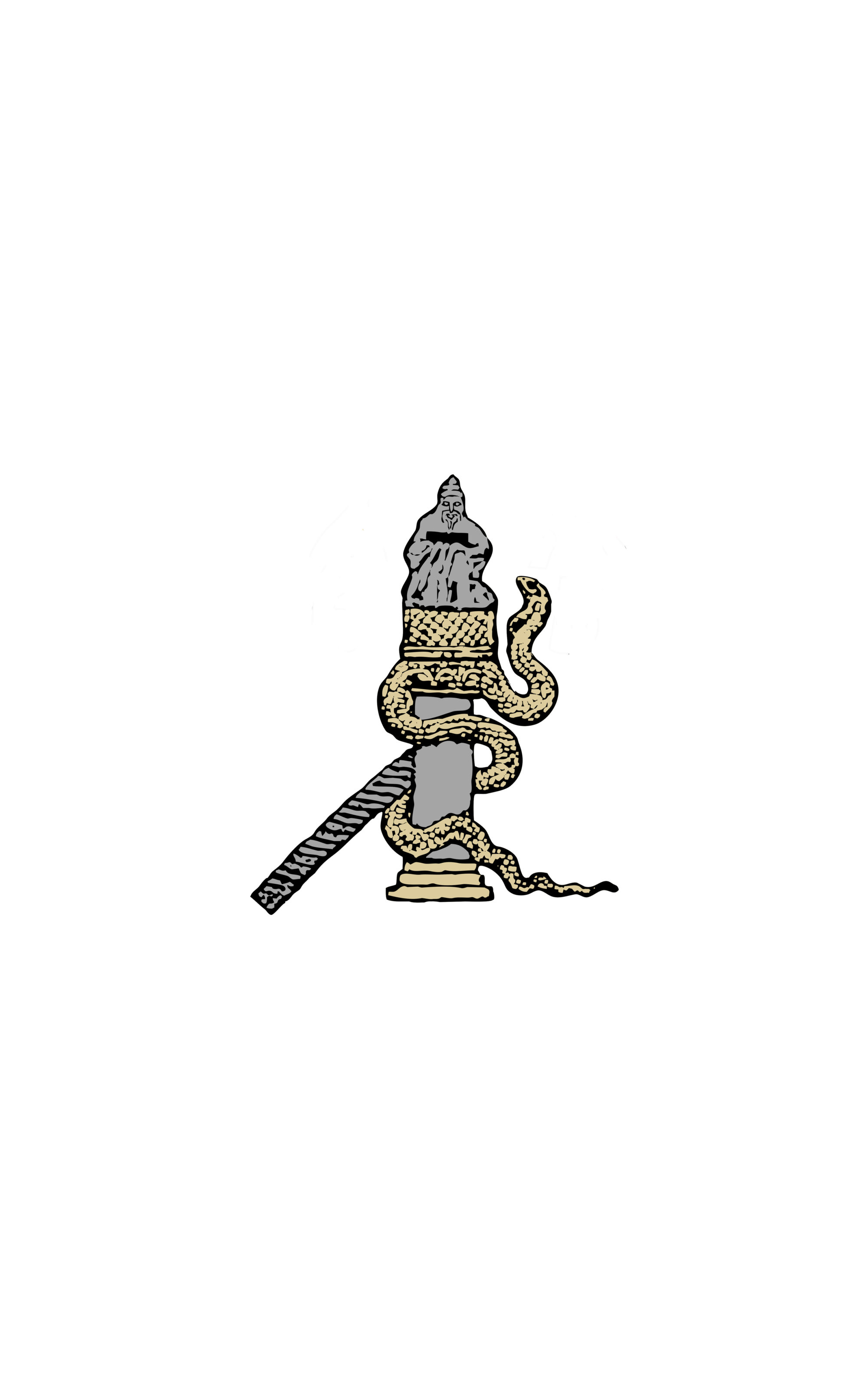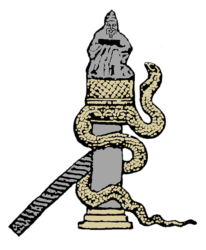Historiographic rewriting: the main tendencies in Peter the Patrician (VIth c.)Dariya Rafiyenko, Université de Cologne.
The Byzantine historians considered the reception and treatment of the works of their predecessors as one of their main tasks. This aspect of the historiography, referred to as historiographic rewriting, implies a complex process of updating and compiling, summarizing and paraphrasing, adding and excising the historiographic data. The reasons for such a “flexible” approach to historiographic rewriting was assumedly to accommodate the historiographic knowledge to the changing needs of the society, where political, social and religious reorganization took place. This presupposes that the rewriting was a conscious creative act that had its literary, ideological and cultural reasons and that this act is worth of independent research.
The present speech aims to show the main tendencies in the historiographic rewriting that can be observed in the historical fragments of Peter the Patrician, a Late Antique or rather Early Byzantine official, diplomat and historian of the 6th century. His historical work, now extant in a considerable number of fragments, dealt with the history of the Roman Empire probably beginning with the second half of the 1st century BC and reaching at least the 4th century. His main source for the period from about 42 BC to 229 AD was the Roman History of Dio Cassius (ca. 150 – 229 AD). Following rather close to the narrative of Dio, Peter still shows considerable discrepancies with regard to his source. A thorough analysis of these discrepancies can show us the probable motivation for the main classes of the changes that can be observed. On the basis of this analysis I will try to show that reshaping the narrative on various levels, simplification and alteration of the content as well as ideological restructuring of the content belong to the main consequences I could observe.

